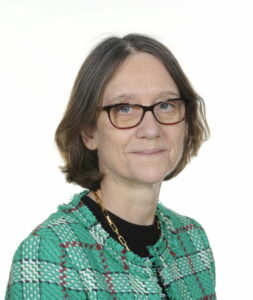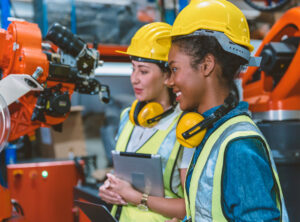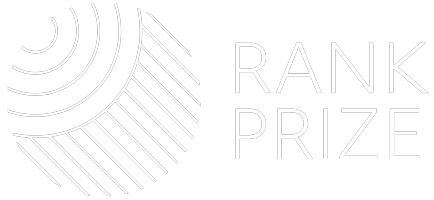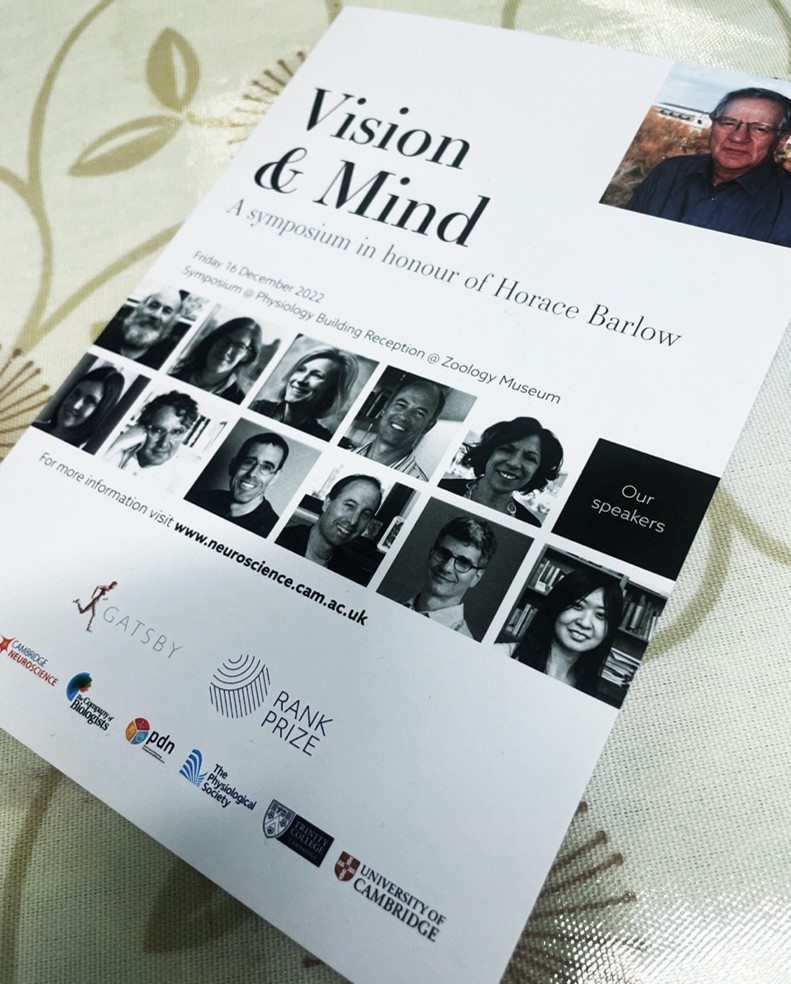Alison Noble on women in engineering
Optoelectronics
Professor Alison Noble is the University of Oxford Technikos Professor of Biomedical Engineering. When Alison was first appointed a Professor of Engineering Science in Oxford in 2002, she was the youngest person and jointly the first female to hold the title, and she is also Oxford’s first female Statutory Professor in Engineering. Her research interests lie at the interdisciplinary interface of computer vision (a sub-discipline of artificial intelligence) and clinical medicine. Alison has been a member of the Rank Prize Optoelectronics Committee since 2023.
For International Women’s Day, we spoke to Alison about her life-long love of engineering and what it’s been like to study and work in this traditionally male-dominated sphere. She told us how things are changing for the better and why more and more women are getting into engineering, even if they are still in the minority. She also told us about the positive impact that developments in biomedical engineering are having on women’s health.
Rank Prize (RP): What inspired you to study engineering science at university?
Alison Noble (AN): At school in the 1980s I was fascinated by how things work. At that time there was a lot of interest and excitement about robotics, driven by advances in and the reduction of costs in computer hardware. This was the beginning of new areas of robotics such as computer vision – how to make computers “see” motivated by understanding of human vision at that time – which was the topic of my PhD, and which is now a mainstream topic in machine learning and artificial intelligence (AI). Looking back, it was a very exciting time to be part of this new era.
RP: What was it like to be a woman studying engineering at university in the 1980s, and how much do you think things have changed for female students today?
AN: There were around 10-12 % women in my undergraduate year. Perhaps more significantly, there was only one female lecturer throughout my 3-year course, and few female role models or mentors. It was a time when you heard a lot about professional women being the first to take on a senior role and “breaking the glass ceiling”. In reality there was a severe lack of role models who you could look at and think “that could be me”.
Fortunately, this is now less the case. Unconscious bias towards women in engineering was also more widespread than today. Change takes time. Actions to raise awareness (such as International Women’s Day!) certainly help, as have other changes in roles of women in society. In engineering, notable positive changes are the existence of professional women’s networks (local, national and international) which offer in-person events but also connect via social media, and more flexible working patterns that support women (and their partners) in early- and mid- career pathways.

In engineering [today], notable positive changes are the existence of professional women’s networks and more flexible working patterns that support women in early- and mid- career pathways.”
Professor Alison Noble
RP: You have have led major research projects on women’s health imaging, could you tell us a bit more about that?
My engineering research group work in healthcare AI, and a major motivating clinical need that motivates our work is making medical ultrasound an easier technology to use by non-traditional end-users. The AI in this case needs to help guide a user in how to scan, and to automatically interpret what is found in an acquired video to support clinical decision-making. To give you an example, we have developed software that automatically tells you where an expert would look on a scan (technically called gaze prediction) which may in the future help guide an occasional user of ultrasound to scan. In other work, we have developed a simple low-cost ultrasound-based tool that estimates the gestational age of a fetus at any point in pregnancy based on a video clip of the fetal head, eliminating the need for a human to make a clinical measurement (today’s clinical practice). These examples illustrate a growing trend of using the power of AI to automate ultrasound-based tasks and to derive new information from ultrasonic patterns that may be invisible to the human eye. It is also inter-disciplinary research, with clinicians and engineers working together from technology concept to evaluation in the field.

Engineering is an exciting profession where you can use your creativity and technical skills to design and build new or improved products and processes. […] You are rarely doing the same thing twice and it is very rewarding to be working on solutions that aim to have a positive impact on the world.”
Professor Alison Noble
RP: Finally, what’s the best thing about working in engineering and why should girls and women consider it?
Engineering is an exciting profession where you can use your creativity and technical skills to design and build new or improved products and processes. I particularly enjoy the co-creation of solutions with people from other disciplines and end-users. You are rarely doing the same thing twice and it is very rewarding to be working on solutions that aim to have a positive impact on the world.
Many of the solutions to global challenges of today, such as climate change, biodiversity, and healthy well-being and ageing depend on advances in engineering technologies. This requires a team effort, and typically requires bringing together a group of people with a diverse set of technical skills and sometimes complementary expertise in social science. An example of the latter is how social scientists are helping to develop artificial intelligent tools to understand the implications of the introduction of technology into society. For me, interdisciplinary problem solving and team science define engineering and make it an attractive area to work in.





